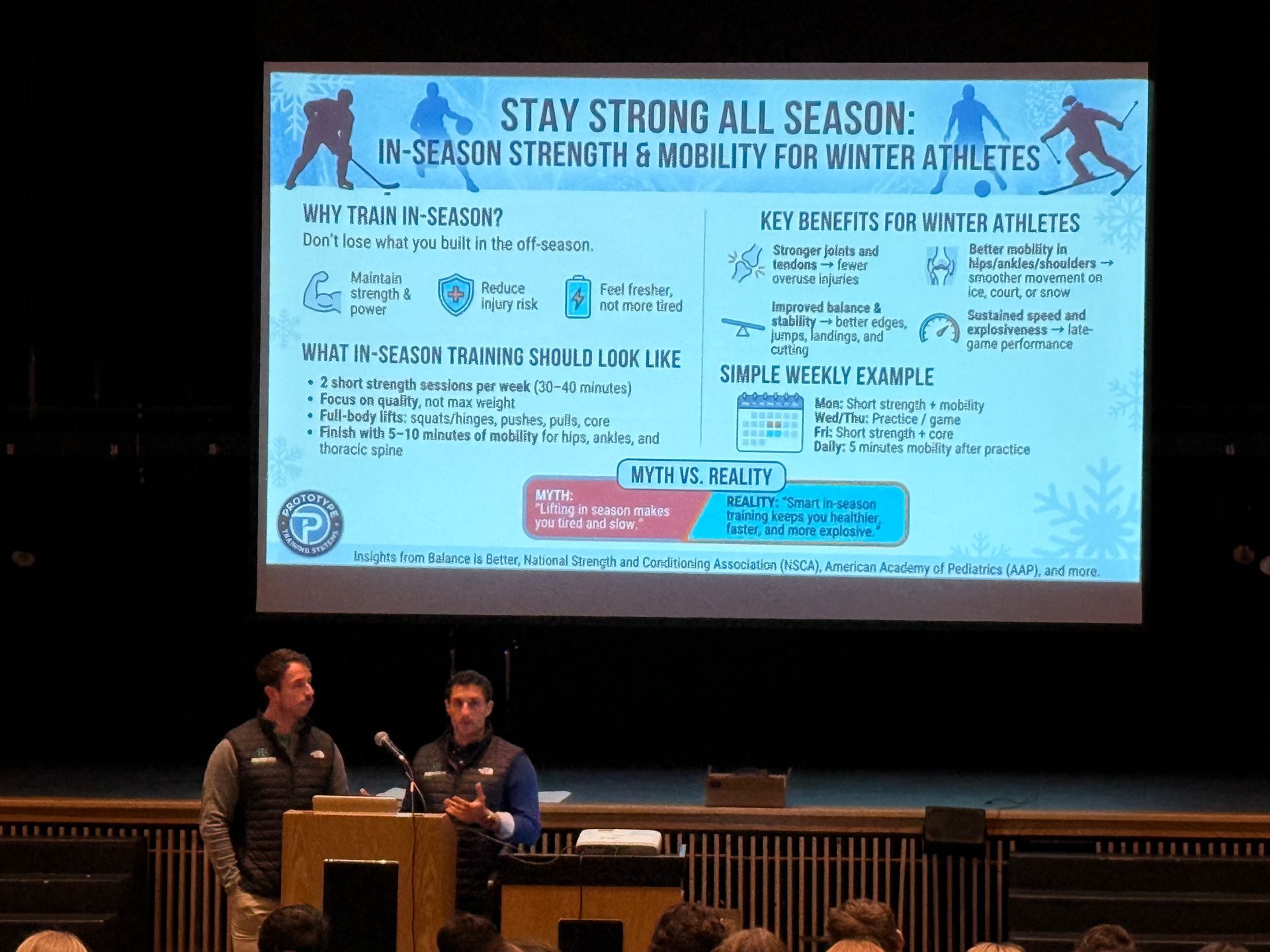Speed Series: How to go Faster
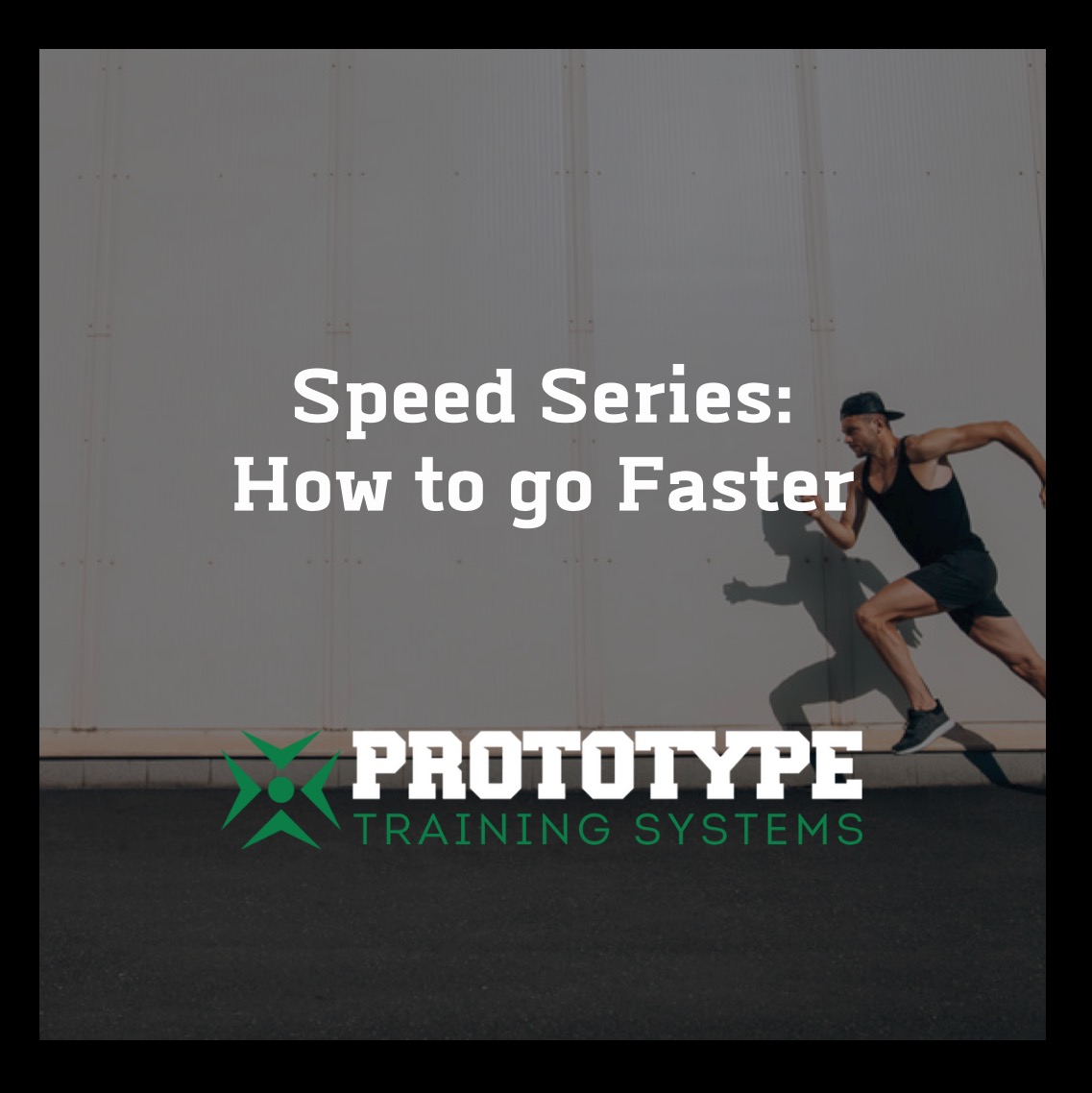
By: Evan Cleveland
They say that slow but steady wins the race. However, this may not always be true!
I was a sprinter on Sacred Heart University’s Division I men’s track and field team. The race that I ran the most was the 400m hurdles. This race is a one-lap sprint around the track with ten hurdles standing in your way, typically lasting about a minute.
If you’ve ever witnessed the 400m hurdles or any similar race, you will find that the fastest runners typically win the race in the first 10 seconds. The reason? They gain a big head start, left only with the challenge of maintaining their lead.
Check out this video of me in high school running the 400m hurdles. You’ll notice that the three of us in front separate ourselves from the rest very early in the race.
Reflecting on it, I didn’t understand why this method was so effective because we’ve always been taught to pace ourselves. Was this bad advice?
I went on to study exercise science in college and learned about the different energy systems used during activities. First, there is the ATP-PCr or alactic energy system which gives you a lot of energy instantly in the first ten seconds of an intense physical bout. Then, you shift into anaerobic glycolysis for the next 1.5-2 minutes. This is when you build up lactic acid, leaving the painful sensation that fills your working muscles and slows them down. Lastly, there is oxidative phosphorylation which kicks in to get us through longer activities such as a 1-mile run.
As I mentioned, the alactic energy system releases a lot of energy very quickly. However, the best part about this system is that we can generate this energy at high intensities without building lactic acid, hence the name “alactic”. When do we primarily use this type of energy? During any exercise that is short and explosive! Some examples are a 100m sprint, an Olympic lift, or even a golf swing.
As we look at our training and maximizing performance to reach fitness goals, we need to understand when we should push it OR we should pace ourselves slow and steady in order to elicit the proper stimulus we are trying to achieve.
For instance, in a 5000m rowing workout without any breaks you need to pace yourself, or else you’ll burn out too quickly and ultimately depreciate the entire workout. However, during an interval-based activity (e.g. a METCON with rounds) it would make sense to push yourself at the beginning of each interval since the energy system being utilized will be reset during the rest time.
So why does this matter?
To maximize performance, we need to put in the most effort we can while limiting fatigue. Going back to the 400m hurdles, you now know that you would use the alactic energy system in the first ten seconds of the race. This means you should open with maximum effort before glycolysis takes over and build lactic acid! It will give you an early lead, extra momentum going into the rest of the race, PLUS you won’t be any more fatigued!
Not only will this improve your time during the race, but it will also increase the effectiveness of the alactic energy system. After implementing this strategy into your workouts, over time you’ll train this system and be able to release even MORE energy at a FASTER rate. These methods aren’t exclusive to athletes, it can even help people trying to lose weight! High-intensity exercise is very effective when it comes to burning fat, so properly utilizing these energy systems will allow you to increase volume during workouts exponentially and lead to faster results.
About Evan:
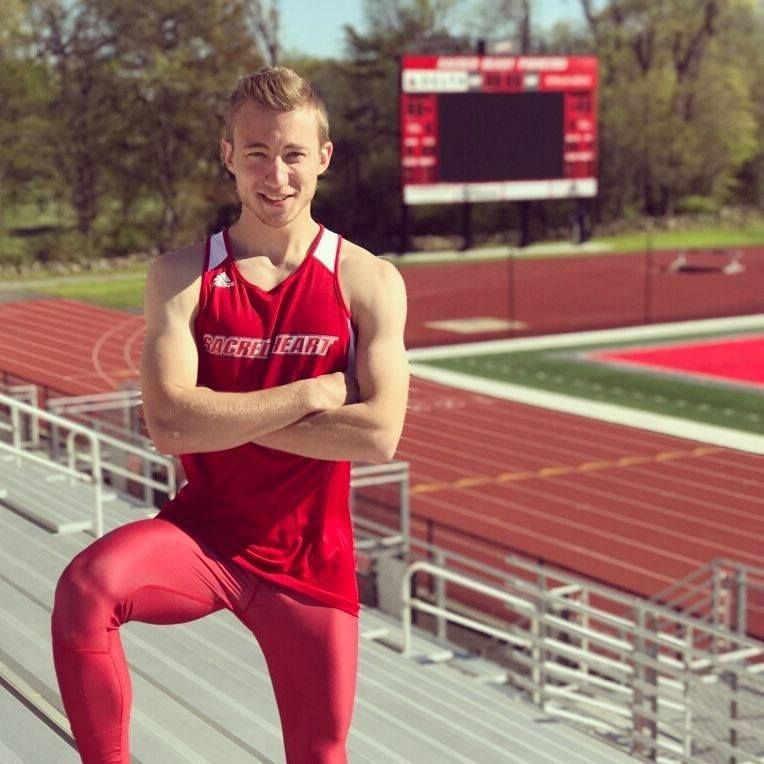
The post Speed Series: How to go Faster appeared first on Prototype Training Systems.
Previous Blogs
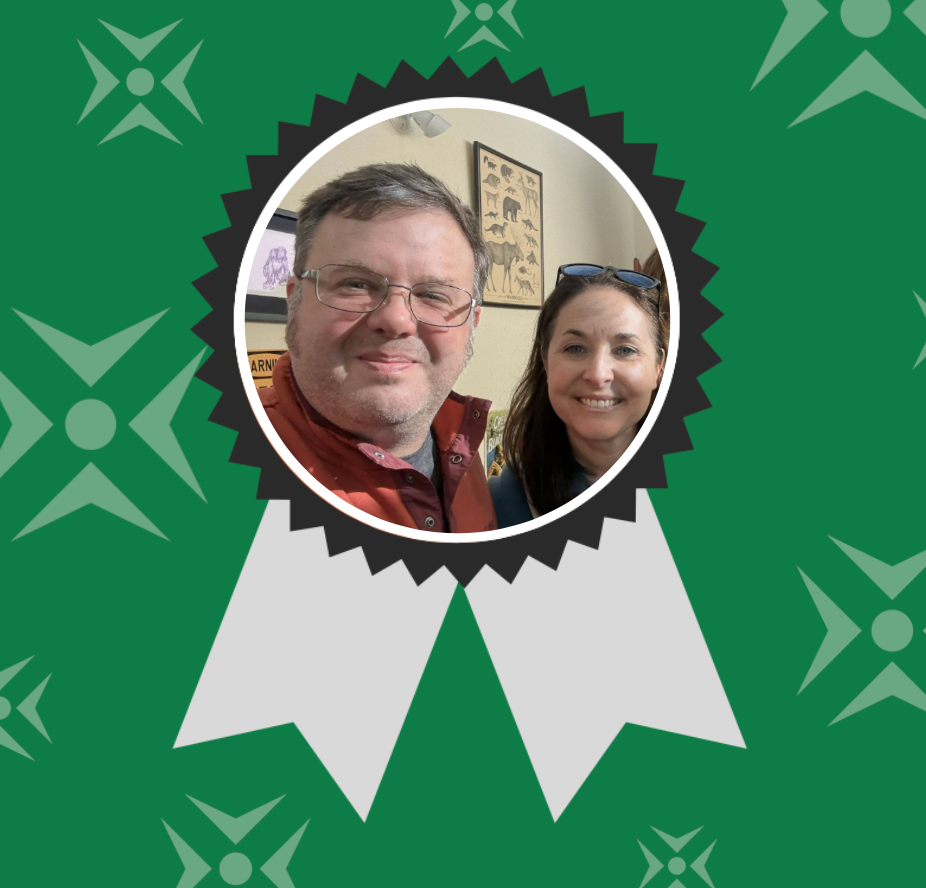
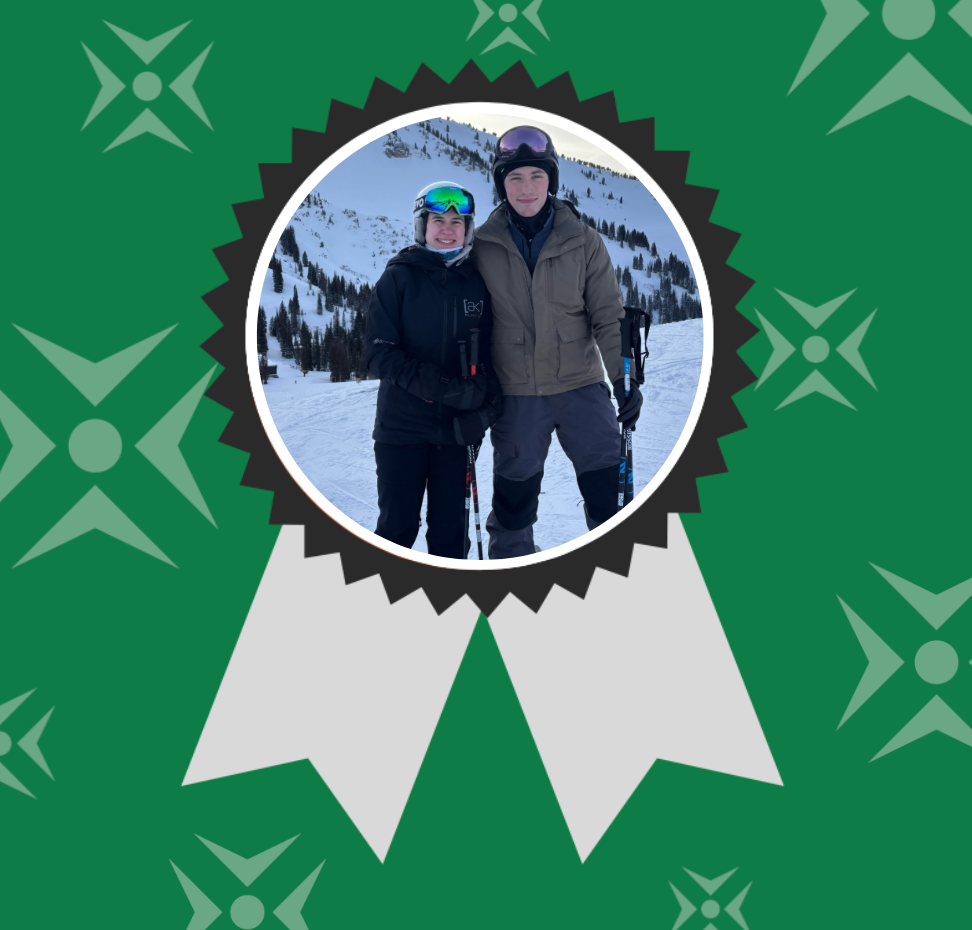
Climb to New Heights
Prototype Training Systems is more than a gym - it is a lifestyle. Join us today!

